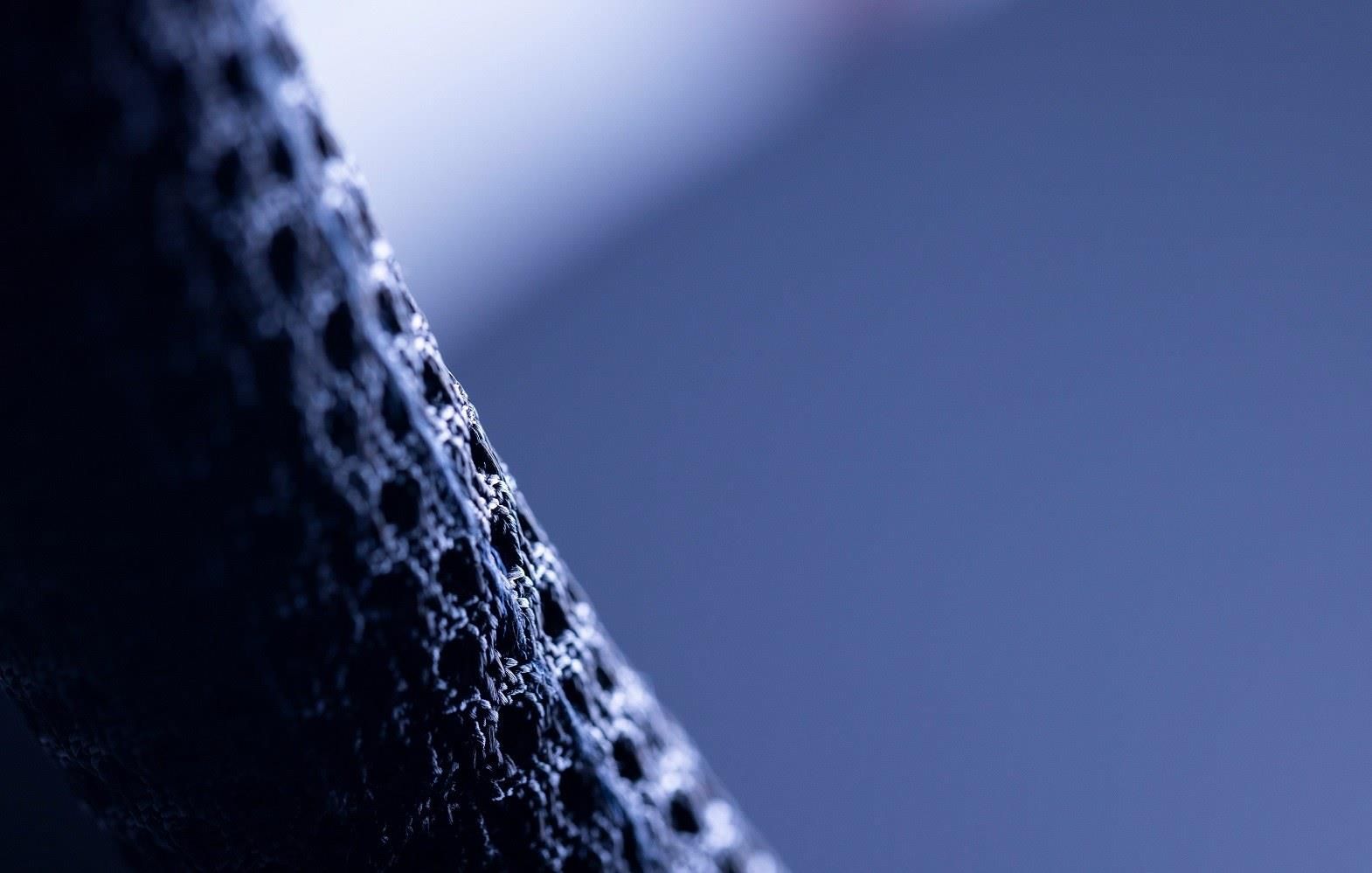The functioning of e-clothing is based on the idea of embedding electronic devices and digital components into the fabric whereas smart textiles include textiles that react to different physical stimuli, mechanical, electrical, thermal, and chemical, et al and adapt as per these changes. The IT companies are closely working with textile companies to come up with e-textiles and smart textiles. In fact, the future of the textile sector is now being seen in smart textiles, as with consumers becoming more techno-savvy, the requirement for textiles that cater to the technical needs of the wearer are seen as inevitable.
The market for e-textile and smart textile is on the rise and with technology becoming more important for the consumers; amalgamation of technology into clothing has become a way to sustainability. The total size of the global smart textile market was calculated to be around US $ 289.5 million in the year 2012 and is expected to exceed US $ 1,500 million by the year 2020. According to a report by IDTechEx, companies were channeling 4 percent of capital for e-textile development projects to develop conductive fibres. Another 24 percent was directed toward photovoltaic fibres, with 16 percent focusing on super capacitors on fibres.
So far, the major growth sector pertaining to smart textiles has been in the protection and defense clothing sector. This sector is predicted to continue being the largest market segment for the next six years. The sports and fitness sector along with health and medical applications also are increasingly relying on smart textiles. In the next decade, smart clothes are likely to take lead in the fitness segment, and the market might see a surge in high finish athletic clothes that have biosensors installed.
The Cowen Analysis firm has shared in a report that the rise in the production of smart clothing is directly proportional to the development of technology. As the technology grows, the market will witness an increased demand for such clothing. The clothes likely to have a good share in the market include smart shirts comprising bio-sensing circuitry that can be spun into the fibers. These shirts can easily read the vital signs of the wearer like coronary heart rate, exertion levels, changes in respiratory rate, etc. much more easily in comparison to wristwatches, as the surface of the shirt is larger.
Apart from smart shirts, the technology can also be used in sneakers or sports shoes made from textile. Among the smart textile sock monitors, sneakers with motion-sensing chips, jackets that simulate hugs for ADHD patients, conductive textile wrap, motion analysis insole, sock monitor for fitness, and many others are currently available in the market.
Smart clothing and e-clothing have also been used in stage performances of singers and artists. Many designers continue to create unique designs within wearable technology fashion. The use of LED light and colors to enhance garments for stage performances and high-profile events and occasions is becoming more common now. These garments are also commercially available in the markets of developed countries these days.
Currently, some companies in the United States are working on making the circuitry and batteries more flexible, which can result in providing comfort to the wearer like any other ordinary piece of garment. A method to store power in wires made of copper has already been developed, which when woven into shirt results in small scale energy supply. This shirt can easily survive 50 washes, making it more appealing. Not only, the United States, but Europe is also developing smart textiles for astronaut space missions.
The European Space Agency (ESA) has invested considerable amount in smart textile technology to help astronauts counteract some of the health issues that arise, following reduced gravitational force in space. Apart from this development, a clothing line has also been launched that monitors the biometric details of the wearer. Sports bra, shirts and socks have been designed as part of this clothing line.
The analysts are expecting a boom in the manufacturing and demand of smart clothing. This boom will be spurred by designs and functionality of the garments. The researchers must develop smart textile that gives extended battery life, flexibility, ability to observe entire body movement like in water sports etc. to enhance the overall properties of smart clothing. Cost is another important factor in popularising smart clothing. As of now, the smart textile is very costly, which makes it inaccessible and less popular. As per a survey conducted in Canada, customers rated cost, comfort and type as the most important factors, even ahead of functions.
Going by the current trend, it is evident that smart clothing and e-clothing will definitely become part of day today garb of consumers in a few decades from now. But, in order to broaden the target market, the focus should now be on making the technology user friendly so that the senior citizens also are inclined to buy this techno savvy and future forward range of clothing. On the positive note, the biasness, which termed smart clothing as 'not for everyone', is ending. Apart from professionals, the regular customers are also not hesitating in finding clothes that offer wide functions. There are many big companies that are investing in smart and e-textile. This will make the competition fierce and result in faster development of this textile segment.
References:
1. Ohmatex.dk
2. Textilesintelligence.com
3. Techopedia.com
4. Wikipedia.org
5. Electronicspecifier.com








Comments